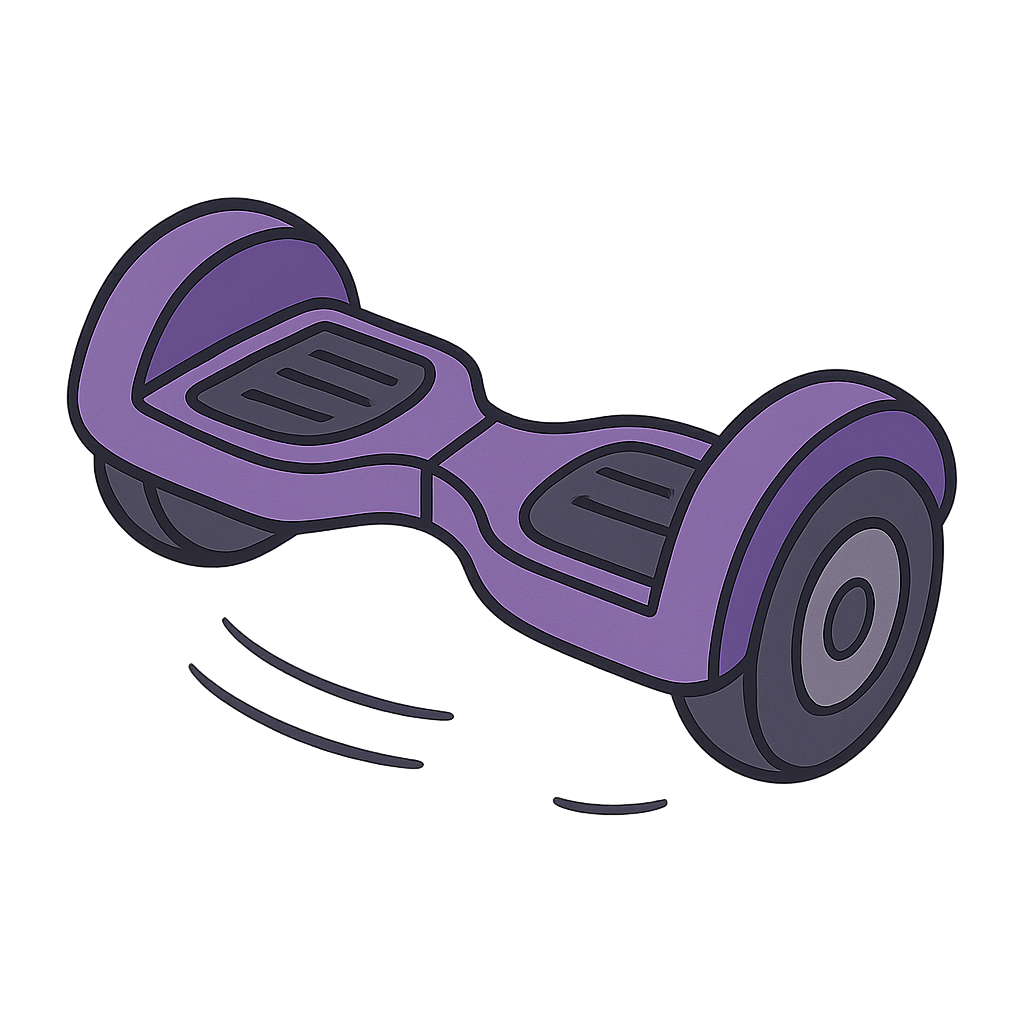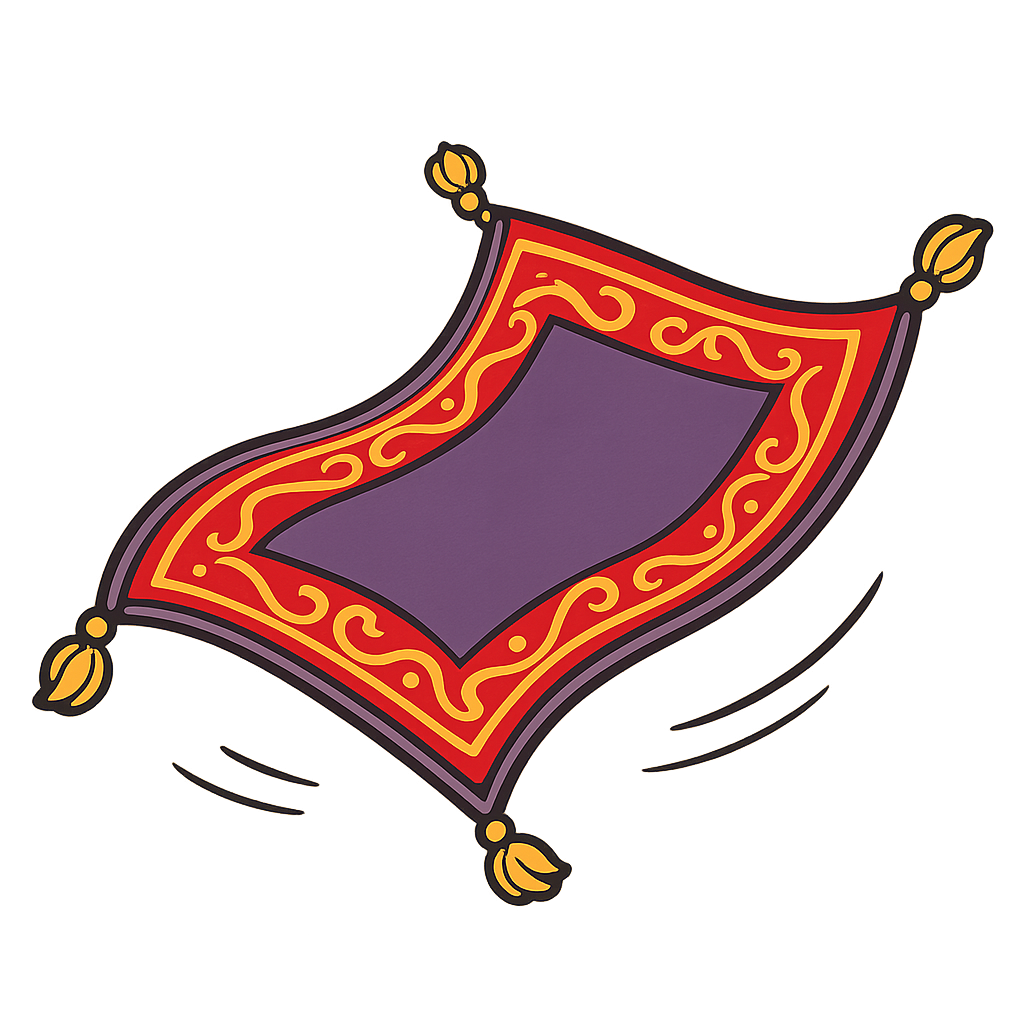Do you have a task you absolutely love? One that you can’t wait to try again with a new class?
For me, that task is The Magic Carpet Ride (Wawro et al., 2012). Originally designed as an explorative introduction to Linear Algebra for college students in the US, it’s one of the most memorable tasks I encountered as a young researcher. You can download a free pre-print of Wawro et al. (2012)’s article here.
Technically, the task is aimed at students enrolled in a university-level Linear Algebra course. My 16-year-olds aren’t expected to learn about vector spaces, linear combinations, or linear span for another couple of years. But the blend of storytelling and mathematical depth makes me feel this is always a perfect opportunity to venture beyond the mathematics of the moment.
So here it is — my all-time favourite task.
I was pleased to see that my students really liked it - even the more skeptical among them. So, once we’d explored the two-dimensional version thoroughly, I couldn’t resist going a step further.
We moved into three dimensions.
I gave them two new vectors, \(\begin{pmatrix} 1 , 3 , 2 \end{pmatrix}\) and \(\begin{pmatrix} 1 , 2 , 0 \end{pmatrix}\), and asked whether they would be able to find Old Man Gauss hidden cabin.
Then, I’ve introduced a new mean of transport, \(\begin{pmatrix} 0 , 0 , 1 \end{pmatrix}\), which I called the elevator for obvious reasons.
With just a few minutes left in the lesson, I decided to go all the way. “What if,” I asked, “your third vehicle isn’t an elevator but a magic bus that travels like this: \(\begin{pmatrix} 2 , 5 , 2 \end{pmatrix}\)?”
They realised very quickly that the magic bus the sum of the hover board and the magic carpet. So perhaps next time, I will have to use a more elaborate linear combination.
I really enjoyed doing this task with my student. It gave us the opportunity to discuss important ideas in Linear Algebra that are not taught as part of the A-Level content. I also liked that I got the opportunity to tell them that this the key idea behind graphics in computer games (I saw some of my students eyes shine for the very first time at that moment).
This task brought us into rich conversations that aren’t part of the A-Level syllabus — yet are fundamental to understanding Linear Algebra later on. Best of all, it gave me the chance to connect maths to something they like: video games. When I mentioned that this kind of mathematics is the key idea behind graphics in video games, I saw a few pairs of eyes light up.
References
Footnotes
Wawro, M., Zandieh, M., Rasmussen, C., & Andrews-Larson, C. (2013). Inquiry oriented linear algebra: Course materials. Available at http://iola.math.vt.edu. This work is licensed under a Creative Commons Attribution-NonCommercial-ShareAlike 4.0 International License.↩︎

